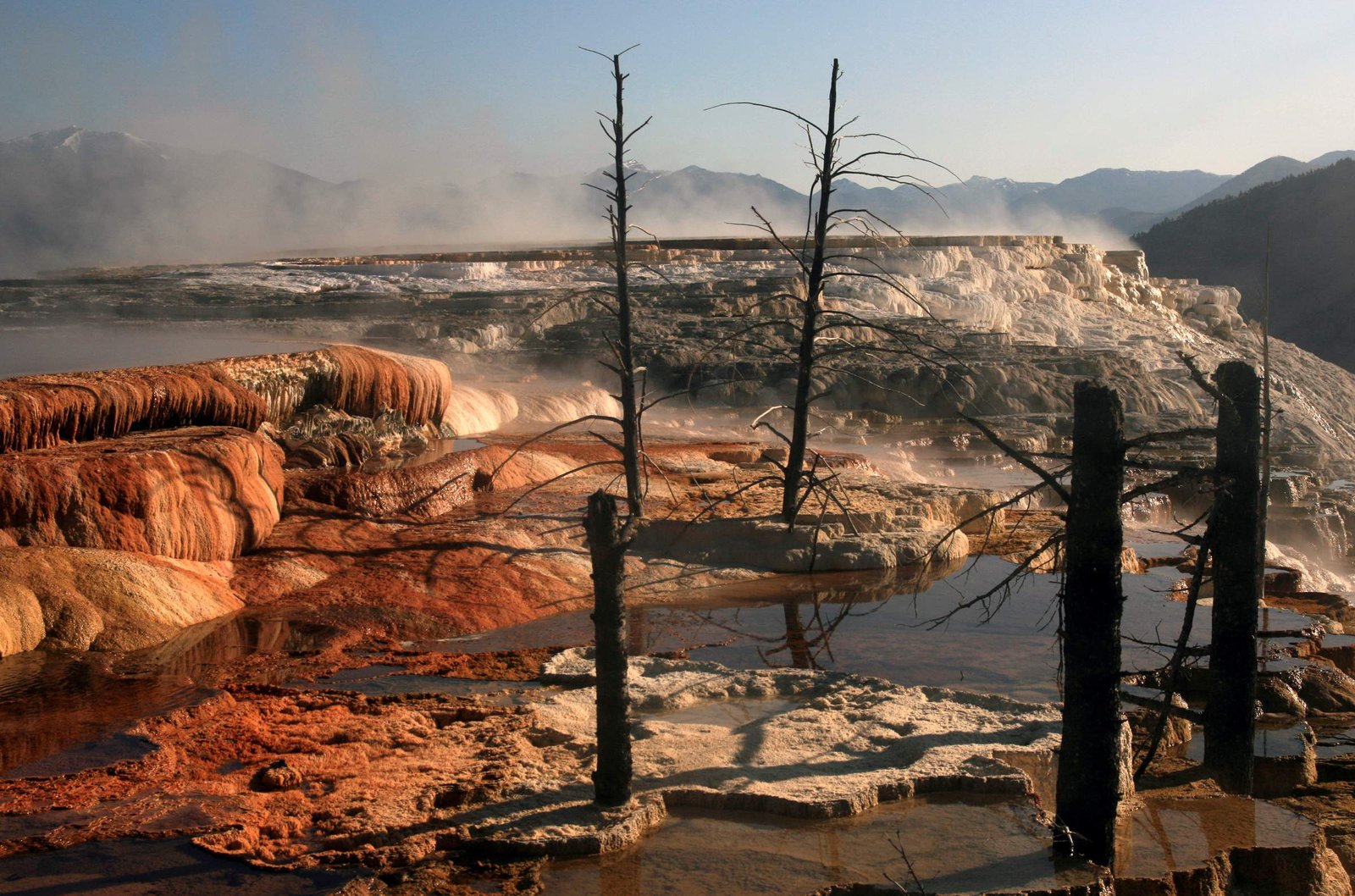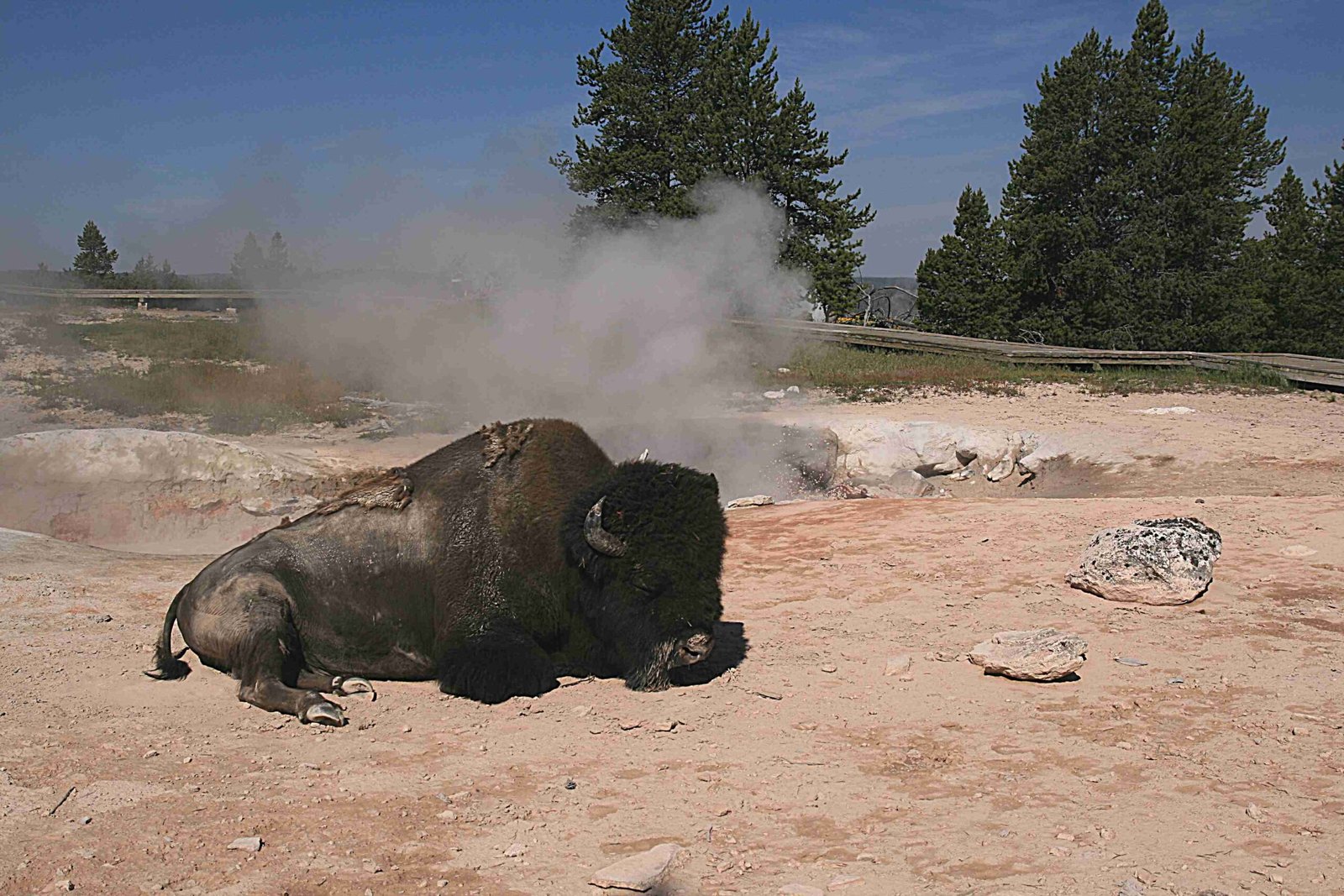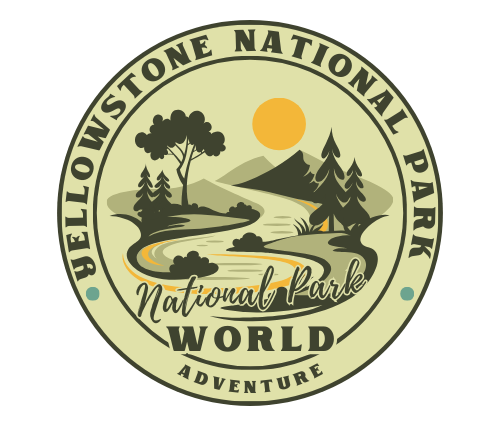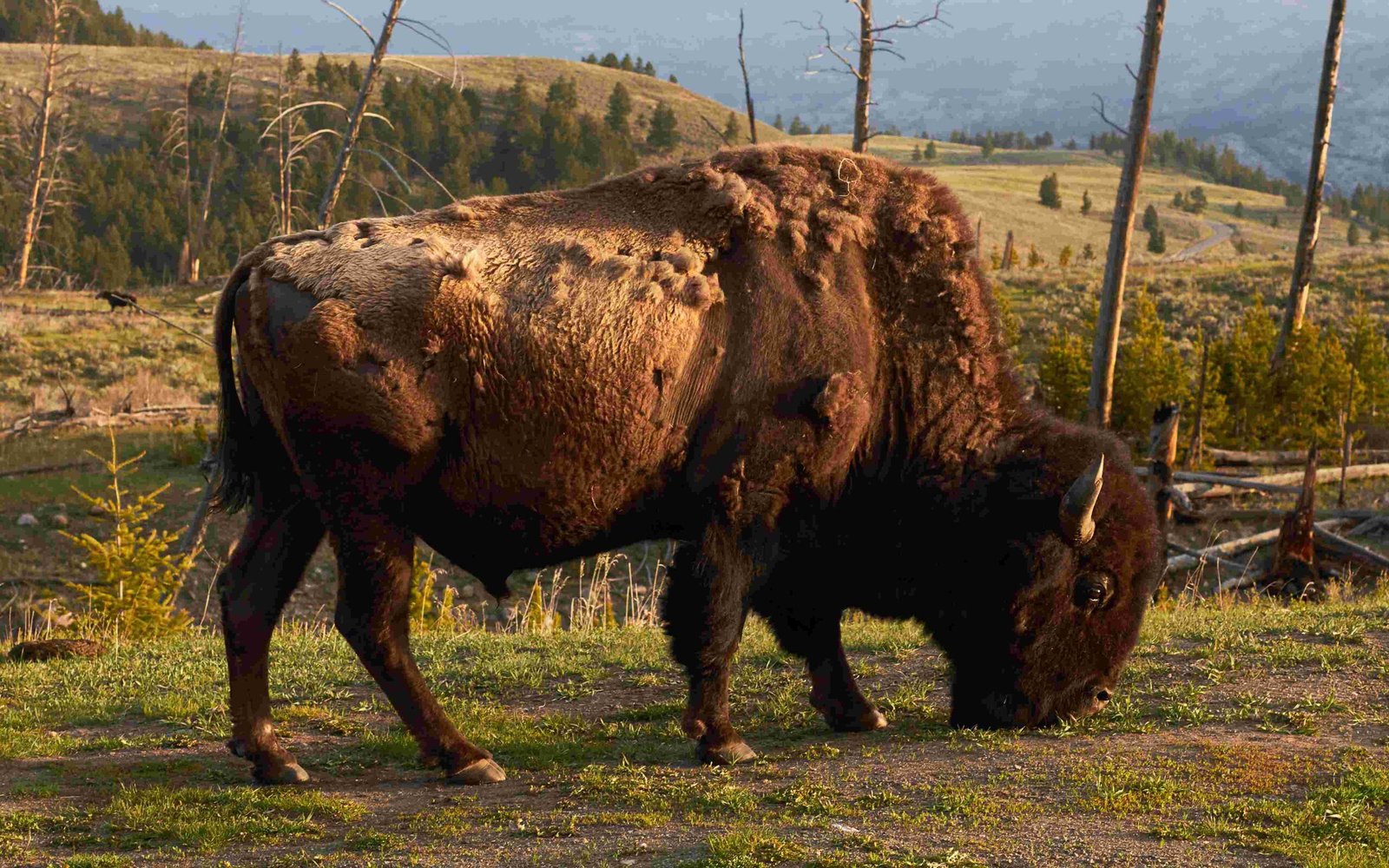The distance between the East and West Entrance of Yellowstone National Park is approximately 100 miles via the Grand Loop Road. This scenic drive typically takes around 2.5 hours, depending on traffic and stops. The route offers breathtaking views of diverse landscapes, including geothermal features, wildlife-rich valleys, and iconic landmarks like Old Faithful and the Grand Canyon of Yellowstone.
What is the Exact Distance Between East and West Entrance?

The distance between the East and West Entrance of Yellowstone National Park is approximately 100 miles when following the Grand Loop Road. However, it’s important to note that the actual driving distance can be slightly longer due to the route’s configuration and any detours you might take to visit specific attractions.
How Long Does It Take to Drive from East to West Entrance?

The drive from the East Entrance to the West Entrance typically takes around 2.5 hours under normal conditions. However, this time can vary significantly based on several factors:
- Traffic conditions
- Road construction or maintenance
- Wildlife sightings (which often cause traffic to slow or stop)
- Number and duration of stops at attractions along the way
- Weather conditions, especially during winter months
It’s advisable to allocate at least 3-4 hours for this journey to allow for comfortable sightseeing and unexpected delays.
What Are the Key Attractions Along the Route?
The drive between the East and West Entrances of Yellowstone National Park offers a spectacular tour of some of the park’s most iconic features. Here’s a list of key attractions you might encounter:
- Yellowstone Lake
- West Thumb Geyser Basin
- Old Faithful Geyser and Upper Geyser Basin
- Grand Prismatic Spring
- Hayden Valley (known for wildlife viewing)
- Grand Canyon of the Yellowstone
- Upper and Lower Yellowstone Falls
- Norris Geyser Basin
Each of these attractions offers unique experiences and photo opportunities, making the journey between the entrances an integral part of the Yellowstone experience.
What Amenities Are Available at Each Entrance?
East Entrance Amenities
The East Entrance, located 52 miles west of Cody, Wyoming, offers several amenities in the nearby Fishing Bridge area:
- General store
- Gas station
- Auto service center
- Bookstore
- Museum
- RV park (reservation required)
West Entrance Amenities
The West Entrance, located in West Yellowstone, Montana, provides a wider range of services due to its proximity to a larger town:
- Multiple hotels and lodging options
- Restaurants and dining establishments
- Shopping centers
- Visitor information centers
- Gas stations
- Grocery stores
What is the Best Time of Year to Make This Drive?
The best time to drive between the East and West Entrances depends on your preferences and priorities:
| Season | Pros | Cons |
|---|---|---|
| Summer (June-August) | – All roads open – Warm weather – Extended daylight hours |
– Peak tourist season – Heavy traffic – Limited accommodation availability |
| Fall (September-October) | – Fewer crowds – Beautiful fall colors – Wildlife more active |
– Cooler temperatures – Some facilities begin to close |
| Winter (November-April) | – Unique winter landscapes – Winter activities available |
– Many roads closed – Limited services – Challenging driving conditions |
| Spring (May-early June) | – Fewer crowds – Wildlife with young – Waterfalls at peak flow |
– Some roads may still be closed – Unpredictable weather |
How Can I Plan for Wildlife Encounters During the Drive?
Wildlife encounters are a highlight of any Yellowstone visit, but they require careful planning and respect for animal safety:
- Keep a safe distance (at least 100 yards from bears and wolves, 25 yards from other animals)
- Never feed wildlife
- Use pullouts when stopping to view animals
- Carry binoculars for better viewing without disturbing wildlife
- Be prepared for traffic jams caused by wildlife sightings (\”animal jams\”)
Remember, Yellowstone is home to diverse wildlife, including bison, elk, bears, and wolves. While exciting to see, these animals are wild and should be treated with caution and respect.
What Should I Pack for the Journey Between Entrances?
For a comfortable and safe journey between the East and West Entrances, consider packing:
- Full tank of gas (fuel stations are limited within the park)
- Snacks and water
- Camera and binoculars
- Layered clothing (weather can change quickly)
- Sun protection (sunscreen, hat, sunglasses)
- First aid kit
- Park map and guidebook
- Portable phone charger
- Bear spray (if planning to hike)
How Can I Make the Most of My Drive Between Entrances?
To maximize your experience driving between the East and West Entrances:
- Start early to avoid peak traffic times
- Plan your stops in advance, but be flexible
- Use pullouts to safely enjoy views and take photos
- Take advantage of ranger-led programs along the route
- Download the official Yellowstone app for up-to-date information
- Consider splitting the journey over two days to explore more thoroughly
Remember, the journey between the entrances is not just about reaching a destination—it’s an integral part of the Yellowstone experience, offering a chance to see the diverse landscapes and wildlife that make this park so unique.
By understanding the distance, travel time, and attractions between the East and West Entrances of Yellowstone National Park, you can plan a memorable journey through one of America’s most beloved natural treasures.

